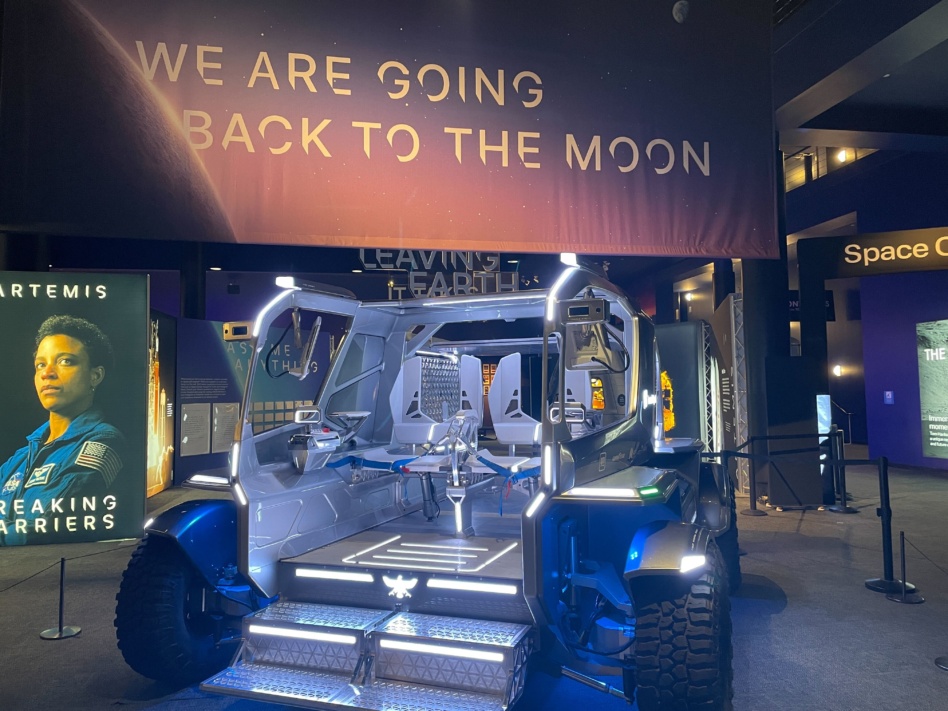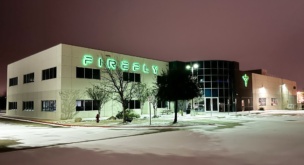HOUSTON—NASA asked teams vying to build the next lunar terrain vehicle (LTV) to present two plans: One that sees the rover through kicking off operations on the Moon, and one that stops at a critical design review, according to one of the companies in the competition.
NASA’s dual requests position the space agency to potentially select two winners from the three companies bidding, according to Jaret Matthews, the founder and CEO of Venturi Astrolab.
Context: NASA is in the final stages of the competition to build the next LTV, which will spend a decade chauffeuring astronauts around the lunar surface when they arrive—and operating autonomously in between crewed missions. In April 2024, the space agency tapped Venturi Astrolab, Lunar Outpost, and Intuitive Machines to work on feasibility studies for the next-gen Moon vehicles.
On the first day of Payload’s Lunar and Mars Economy Summit, senior officials from the three competitors shared a stage to talk about the importance of mobility on the Moon—and make what is likely their last final pitch for their platform before the downselect. The decision is expected before the end of the year, with a total $4.6B prize.
Seeing double: When the House Appropriations Committee approved the fiscal 2026 appropriations bill covering NASA last month, lawmakers also approved report language that urged NASA to select no fewer than two LTV providers.
“From a government perspective, awarding two feels like a prudent thing to do,” said Trent Martin, the SVP of space systems at Intuitive Machines, adding that it protects against relying on a single contractor who could potentially drop out.
Open for business: While the LTV contractors take different approaches to meet NASA’s requirements—from a rugged truck, to a tractor-trailor configuration—they have similar goals for future commercial customers looking to hitch a ride.
The LTV bidders suggest they can work with companies who want to prospect for resources, build launchpads and roads, do quantum computing, and set up infrastructure to sell services to the government (such as power).
“There is really a market for the Moon. It’s not a big market, though,” Martin said. “NASA is still the anchor customer.”



